How to Make Vegan Salads That Are Actually Filling and Balanced
Many people hear “vegan salad” and immediately picture a sad bowl of lettuce meant for rabbits.
That image doesn’t reflect what plant-based salads can be.
When built intentionally, they offer fullness, nutrition, and satisfaction that rivals any meat-based meal.
Here’s how to craft salads that aren’t just edible, but truly craveable.
The Core Principles of a Filling Vegan Salad
A salad can look great on the surface but still leave you hungry an hour later. That often happens when balance is missing.
Satisfying salads follow clear principles designed to keep you full, fueled, and happy with what’s in your bowl.
To build a salad that actually satisfies, three fundamental ideas should guide the process: macronutrient balance, portion size, and flavor-texture variety.
Macronutrient Balance
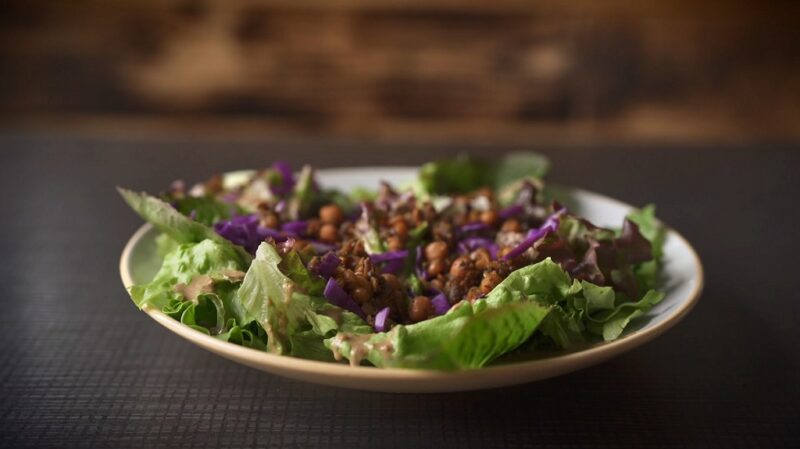
Feeling full doesn’t happen by accident. Every satisfying plant-based salad should feature three core elements:
- Protein
- Complex carbs
- Healthy fats
Skipping even one of them often leads to a meal that feels incomplete or leaves you snacking later. Here’s what to include:
Key macronutrients to prioritize:
- Plant-based protein: Crucial for satiety and muscle support.
- Examples include tofu, tempeh, lentils, edamame, chickpeas, black beans, and seitan.
- Complex carbohydrates: Needed for energy and digestive health.
- Options include quinoa, roasted sweet potatoes, brown rice, barley, farro, and whole wheat pasta.
- Healthy fats: Aid in vitamin absorption and help maintain fullness.
- Use ingredients like avocado, tahini, olives, hemp seeds, and nut-based dressings.
Combining all three increases satisfaction and makes the salad feel like a true meal.
Portion Size & Caloric Density
Plant-based ingredients tend to be lower in calories compared to meat and dairy. That often leads to the mistake of creating too small of a serving.
Without enough volume or energy, salads end up being underwhelming.
Filling salads rely on water-rich vegetables, legumes, grains, and fats to take up space and provide energy.
Key points to consider when building volume:
- Leafy greens and fibrous veggies form the base but shouldn’t be the whole story.
- Roasted vegetables like carrots, squash, and potatoes increase density.
- Beans and grains provide essential calories and bulk.
- Healthy fats add substance, even in small amounts.
When salads feel empty, it’s often because the portions are too modest. Don’t be afraid of big bowls and generous servings.
Flavor & Texture Variety
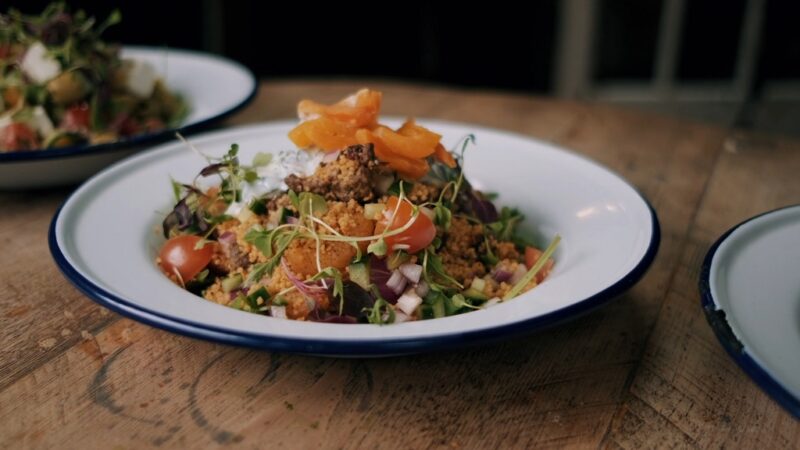
A salad with good nutrients can still fall flat if every bite feels the same.
Creating excitement requires contrast between flavors, textures, and temperatures.
A well-balanced salad is one that keeps you interested until the last forkful.
Introduce flavor and texture with a mix of ingredients that go beyond basic lettuce and tomatoes.
Mix and match for better flavor:
- Sweet: dried cranberries, fresh fruit, maple-roasted veggies
- Salty: olives, capers, vegan cheese shreds
- Tangy: lemon juice, vinegar, pickled onions
- Savory: nutritional yeast, miso-based dressings
Create contrast in texture:
- Crunchy: sunflower seeds, croutons, raw vegetables
- Creamy: avocado, tahini dressings, hummus
- Chewy: roasted chickpeas, cooked grains, marinated tofu
Every forkful should offer something slightly different. That variety is what keeps a salad satisfying, not just in nutrients but in experience.
Building Blocks of a Satisfying Vegan Salad
Creating a salad that satisfies starts with knowing what roles each component plays.
Think of the bowl as a blank canvas, and each layer you add as a strategic choice that builds a complete meal.
Instead of guessing, use this selection framework to make every salad nutrient-packed and enjoyable.
1. Leafy Greens
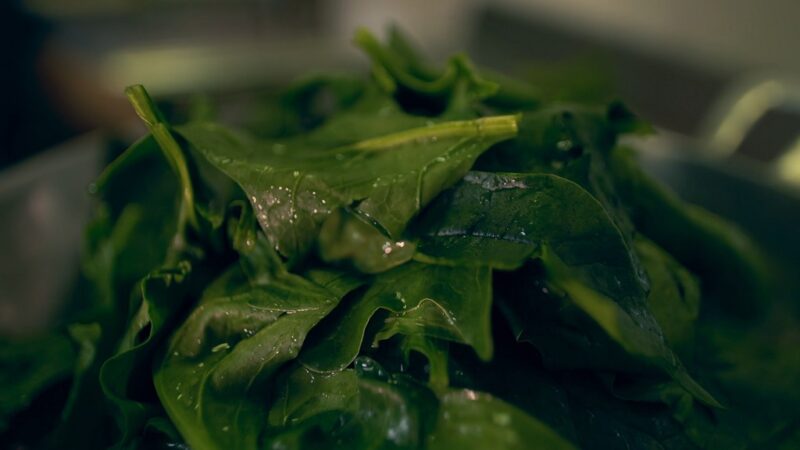
Begin with a strong foundation. Leafy greens carry fiber, hydration, and micronutrients. Mixing different greens brings flavor contrast and texture variety.
Choose one or more:
- Kale (massage with olive oil to reduce bitterness and soften)
- Arugula (peppery and bold)
- Spinach (mild and tender)
- Romaine (crisp and refreshing)
- Mixed greens (balanced and versatile)
Protein controls hunger and helps turn salads into meals, not side dishes. Use a variety of textures and preparation methods to create interest. Add 1–2 protein sources: Complex carbs provide long-lasting fuel. Roasting or seasoning these ingredients enhances flavor without much added effort. Pick at least one: Fats enhance flavor, support nutrient absorption, and deliver satisfaction. Don’t skip them, they’re critical to making a plant-based salad feel complete. Include at least one fat source: Building a well-balanced vegan salad means more than choosing the right nutrients—it’s about making every bite exciting. The final touches can transform something ordinary into something crave-worthy. Dressings tie everything together. They control flavor, add moisture, and often serve as the main fat component. Without a proper dressing, even a thoughtfully built salad can feel flat or dry. Top homemade dressing ideas: For more ideas on plant-based sauces and clean superfood inspiration, check out mycorefood, where you’ll find quick, nutrient-packed recipes designed to energize and nourish. Store dressings separately if prepping ahead. They stay fresh longer and prevent sogginess. Most store-bought dressings are high in sugar, oil, or preservatives. Homemade options are customizable, budget-friendly, and can be made in batches. To create better dressings at home: Keep a few go-to recipes on hand and experiment with bold combos. Flavor doesn’t stop with the dressing. Add-ins enhance complexity and interest. Think of these as micro-ingredients that deliver a big payoff. Top flavor-boosting add-ins: Chop herbs fresh and sprinkle them last to maintain vibrancy. Vegan salads don’t have to be side dishes or boring afterthoughts. They can serve as full meals, brimming with taste, texture, and nutrition. The trick lies in structure: Build with intention, experiment often, and prep ahead to make these bowls a staple worth looking forward to. Also Read: Best Healthy Vegan Snacks2. Protein-Rich Toppings
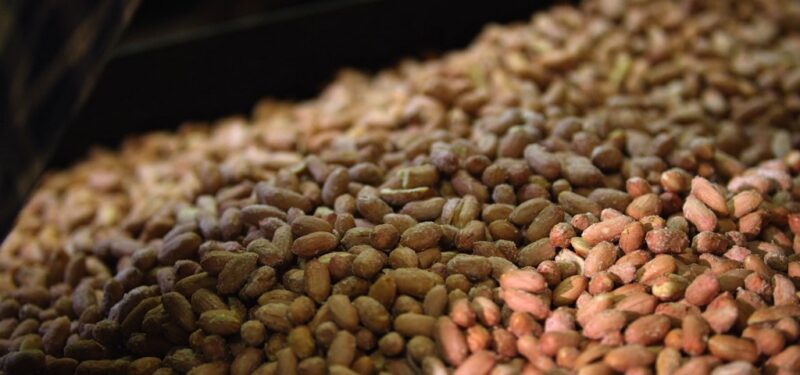
3. Complex Carbs
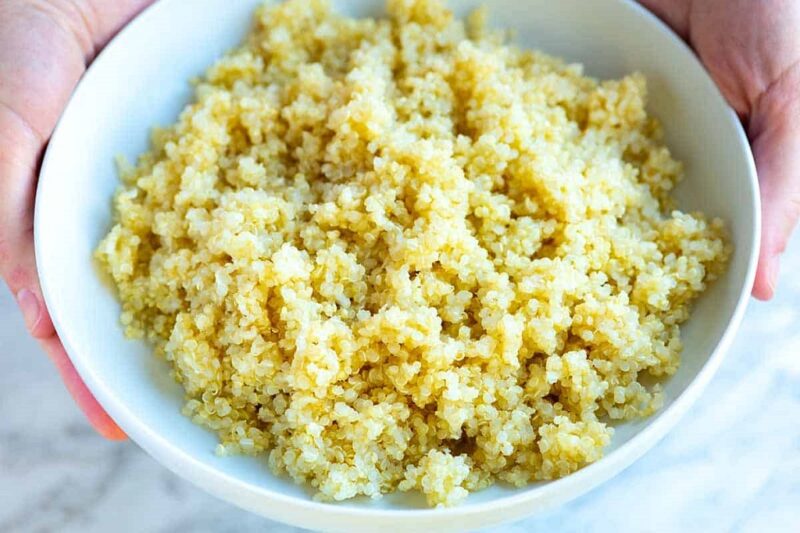
4. Healthy Fats
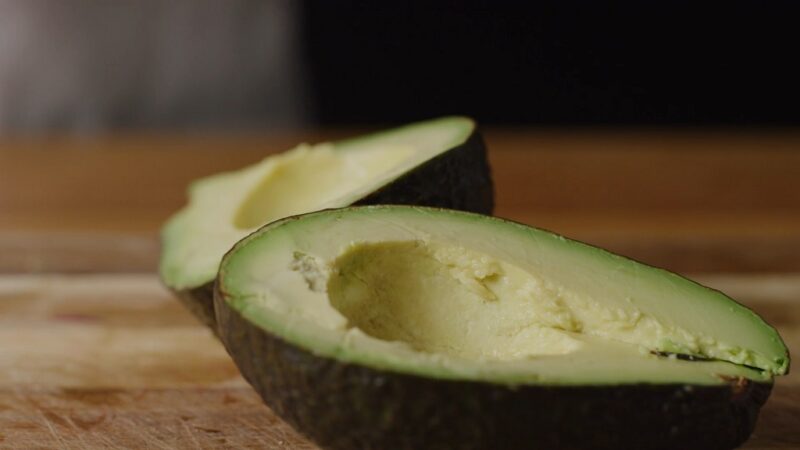
Dressings and Add-Ins
Why do Dressings Matter so Much?
What if Store-bought Dressings don’t Excite me?
How can I add Excitement Without more Dressing?
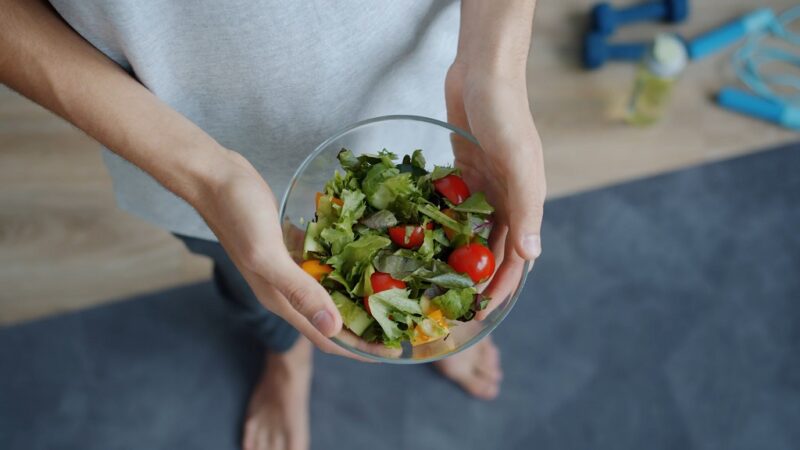
Final Thoughts

